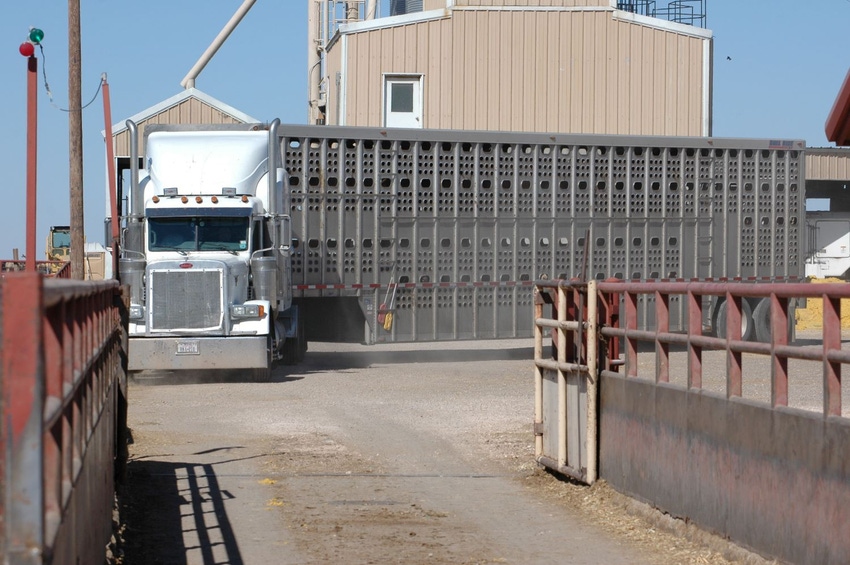USDA releases long-awaited report on cattle markets.

It’s been a long time coming, but USDA released its long-anticipated report July 22 on the unnerving dynamics in the cattle markets following the Tyson Finney County packing plant fire last year and the market disruptions caused by COVID-19 this year.
Bottom line—Boxed beef and fed cattle markets acted about as expected, given the unprecedented disruptions those two events caused and with the coronavirus, are still causing.
That will come as a relief to many and fightin’ words for others.
“We are pleased that USDA has produced a report into the market dynamics impacting cattle producers across the country. Since NCBA initially requested this investigation, this issue has remained a central topic of conversation for NCBA, our state affiliates, and cattle producers throughout the country,” said NCBA Vice President, Government Affairs, Ethan Lane, in a statement.
READ: Are cattle markets responsive or shady?
“While we are collectively still awaiting the results of the Department of Justice’s ongoing investigation into these issues, the information in this report will be very helpful and timely to the cattle industry’s robust discussion of cattle markets and price discovery during our Summer Business Meeting in Denver next week.”
Meanwhile, the North American Meat Institute released its statement about a USDA investigation into beef price margins.
“In its analysis of the effects of the fire and the pandemic, USDA found no wrong-doing and confirms the disruption in the beef markets was due to devastating and unprecedented events,” said Meat Institute President and CEO, Julie Anna Potts. “It is difficult to see how the USDA’s recommended legislative proposals would have changed the outcome of the fire or the pandemic.
“We will continue discussions with producer groups, Congress, and the Administration to ensure there is a fair and competitive market. It is especially critical in these uncertain times for producers and packers to work together.”
Related: Let's play a game of cattle market What Ifs
In August 2019, USDA announced its intent to investigate the economic impact caused by the loss of processing capacity after the fire at the Holcomb, Kansas, slaughter facility. In April of this year, USDA expanded the scope of that investigation to include the impact the COVID-19 pandemic has had on industry-wide plant slowdowns. In both instances, the temporary loss of processing capacity interrupted the demand for cattle, causing cash market fed cattle prices to fall and reducing the supply of beef causing wholesale beef prices to rise, the Meat Institute explains.
“Although weekly cattle slaughter and beef production has recovered to near normal levels for this time of year, after dropping by more than a third in in late April, the large number of unharvested cattle and continued consumer demand for beef remain factors in the market.
“Agriculture analyst Dave Juday, of The Juday Group, has released an analysis of the USDA Report and its statutory recommendations.
“As Dr. Stephen Koontz of the Department of Agricultural and Resource Economics at Colorado State University stated, ‘Record low livestock prices are also not a surprise. If packers cannot run at typical throughput levels – especially if supplies are abundant –then the marginal value of that last group of animals that is not-sold is close to zero.’
“Koontz described COVID-19’s disruption of the beef market this way, “Record high meat prices are not a surprise. The grocery store supply chain was emptied during the closures of the local economies and then had difficulty catching up. Further, prices associated with specific cuts that consumers typically prepare at home were the highest. Prices of cuts sold at restaurants initially dropped to record lows and then rallied as consumers made substitutions and began purchasing cuts they did not typically buy. However, all rallied as total of beef supplies diminished with closures and partial operations.”
About the Author(s)
You May Also Like



